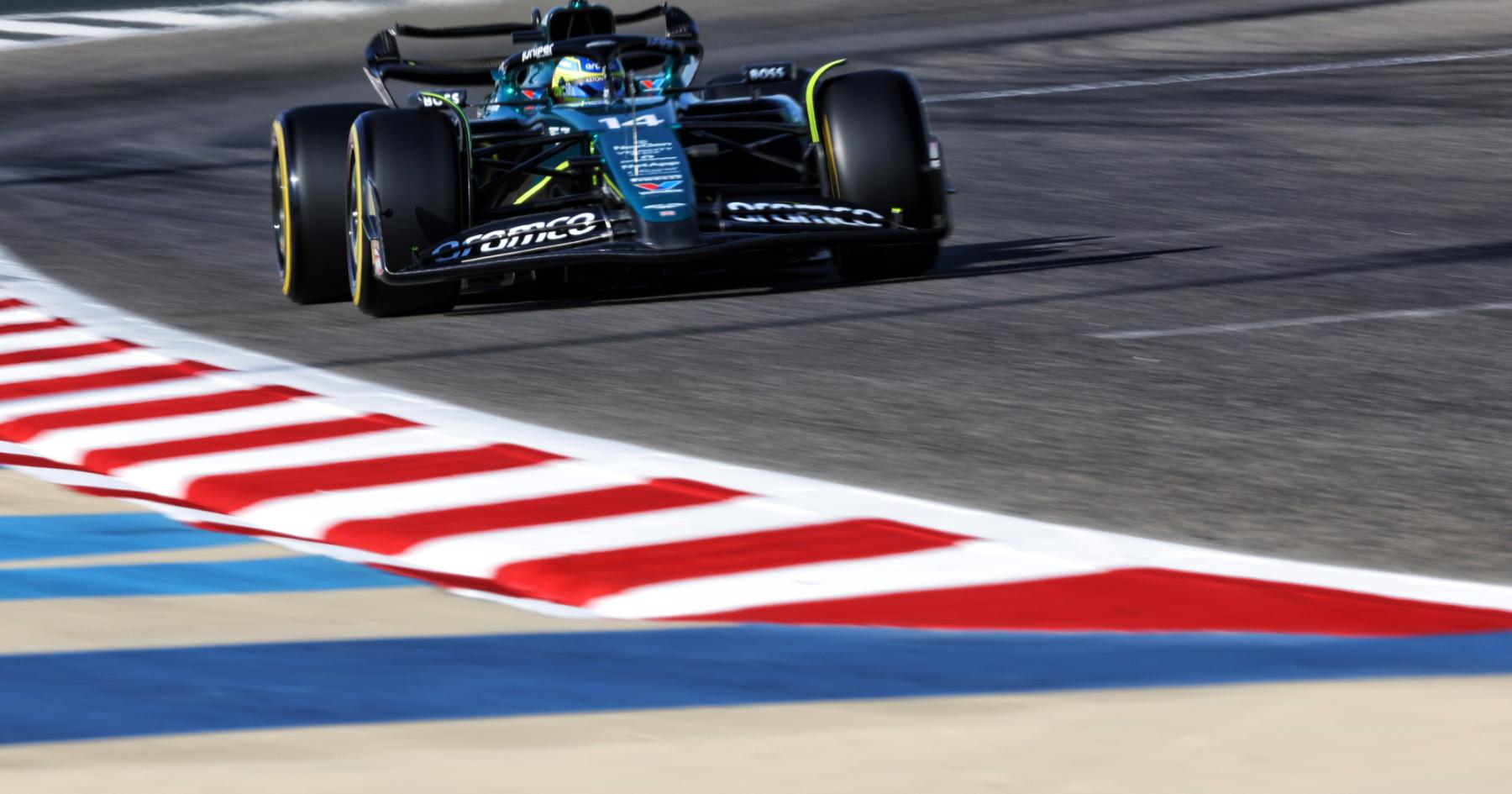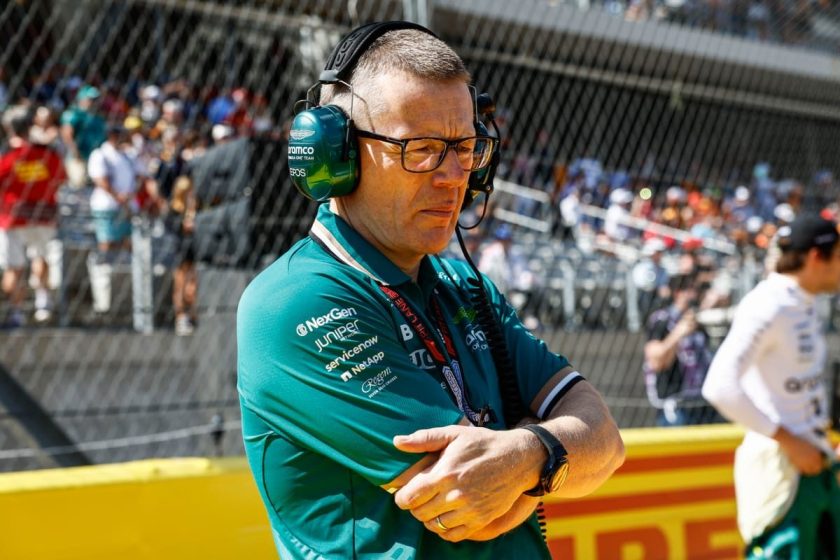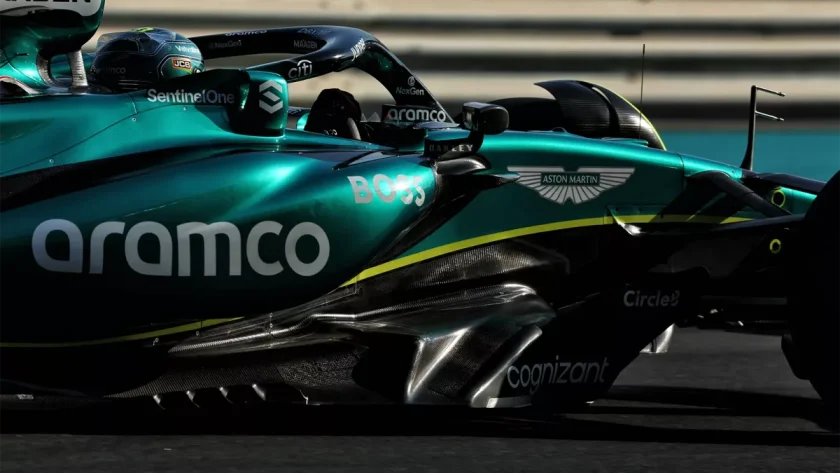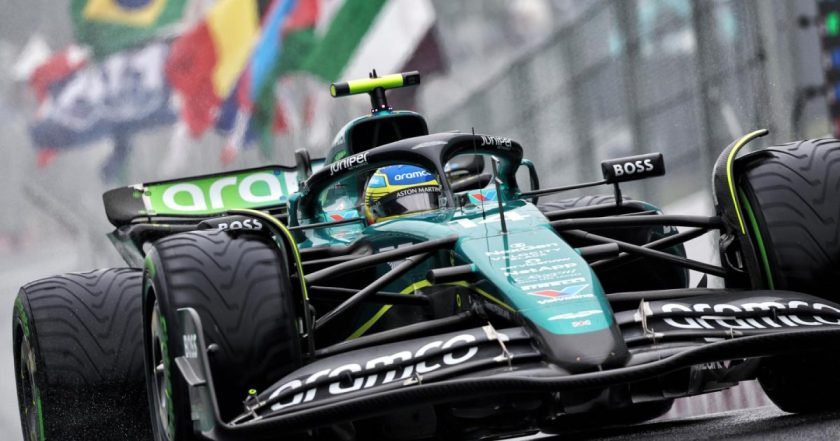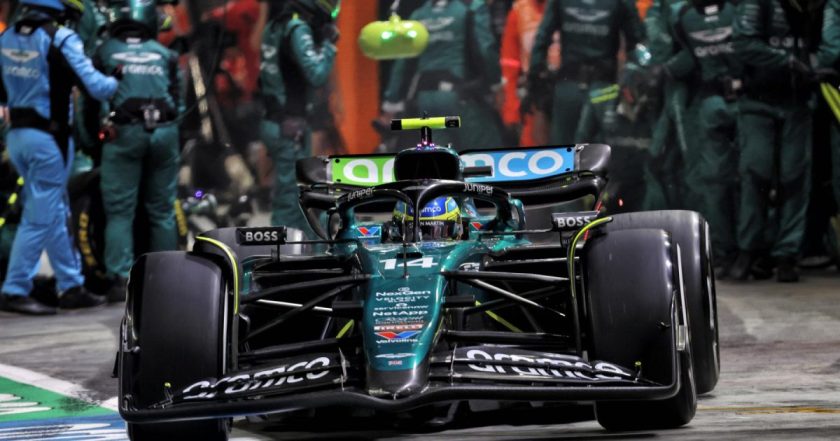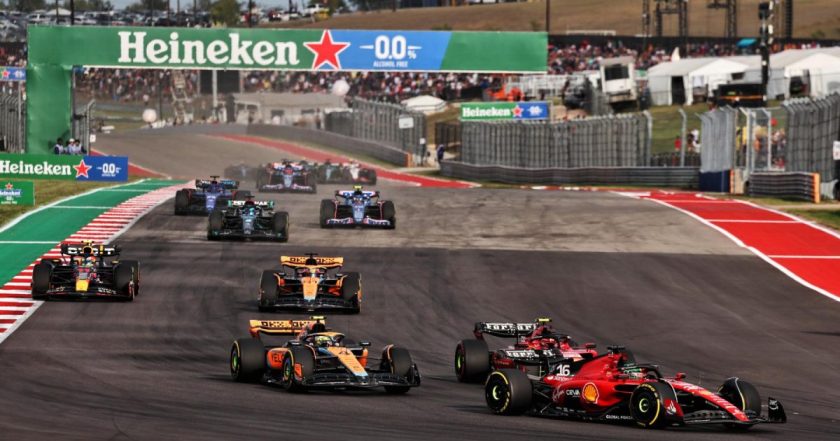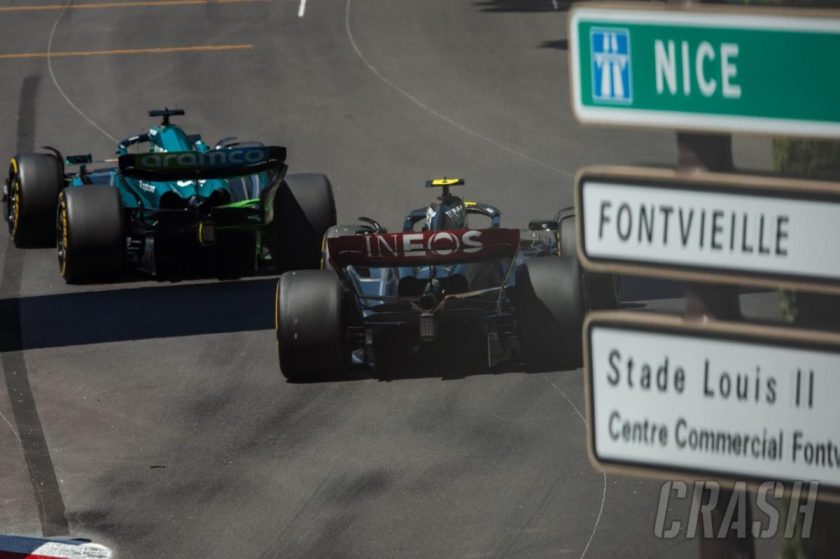P1racenews AI automatic summary:
The efficiency of the DRS of the Red Bull was a standout feature in 2023, and it has carried over to 2024, but how exactly does it work?
Aston Martin recently highlighted the intricate technical balance Formula 1 teams need to achieve in order to replicate the potent DRS system utilized by Red Bull. Red Bull’s RB19 and RB20 cars showcased impressive DRS activations, enabling them to reduce drag significantly, leading to increased top speeds and enhanced performance. Competing teams started to grasp Red Bull’s methodology midway through the 2023 season, focusing on stalling the beam wing and underfloor of the car to diminish downforce and allow for greater speeds. By the season’s conclusion, rival teams began introducing their own upgrades to imitate Red Bull’s concept, emphasizing the delicate line that teams must navigate to optimize the benefits. Aston Martin’s Performance Director, Tom McCullough, emphasized the complexity involved in maximizing speed beyond simply utilizing the DRS, showcasing the multifaceted aspects such as flap loading, aerodynamic interactions, bodywork design, and cooling systems. McCullough commended Red Bull for their strength in this area and detailed Aston Martin’s efforts to enhance drag reduction when engaging the DRS, culminating in the development and implementation of innovative updates to their rear-wing and overall aerodynamic performance.
